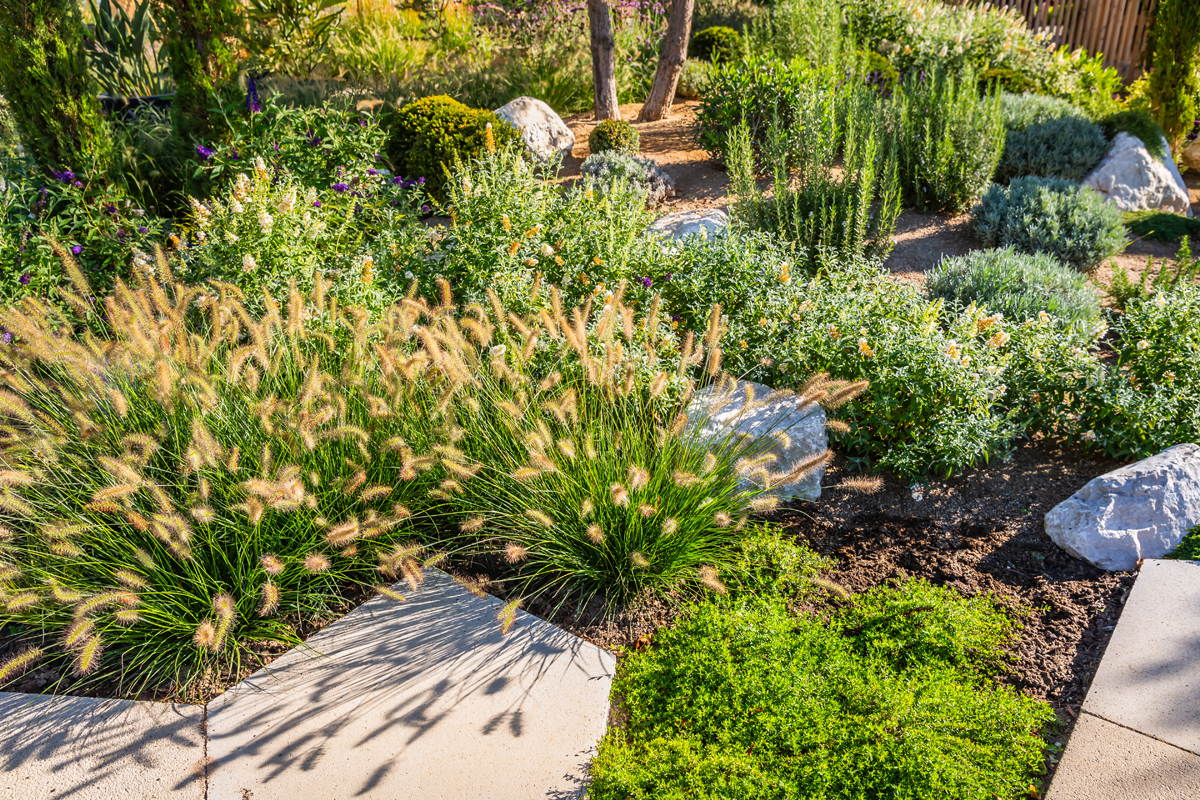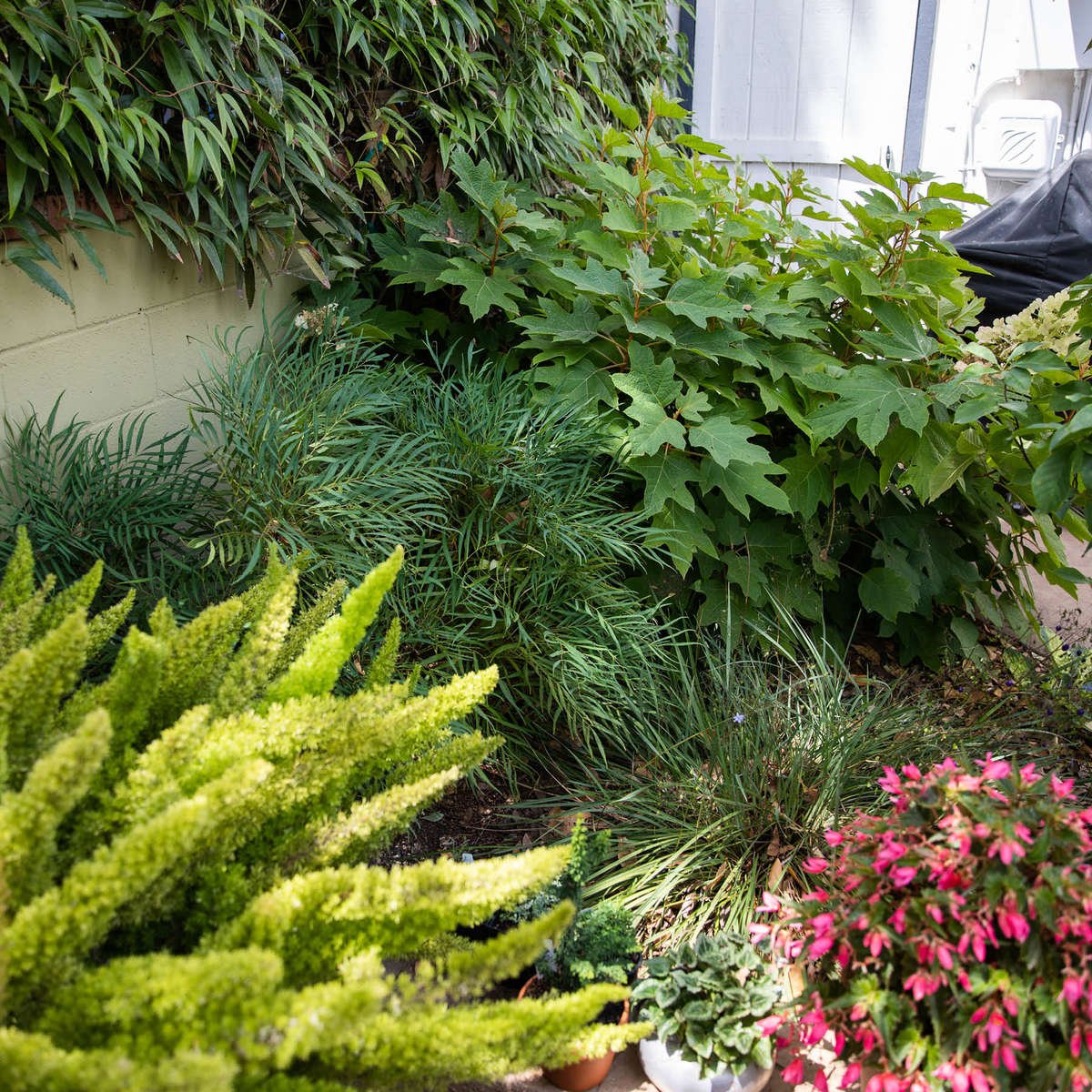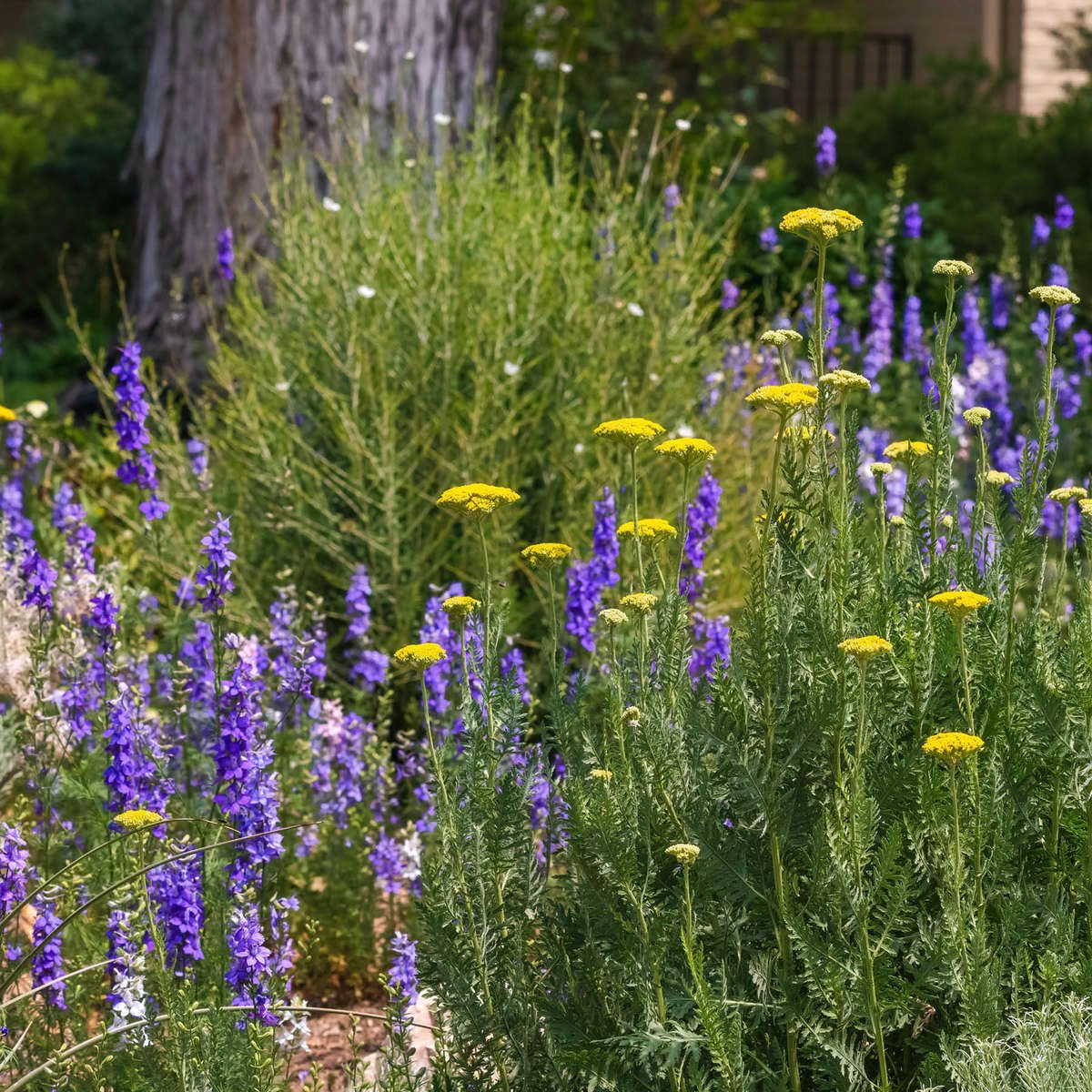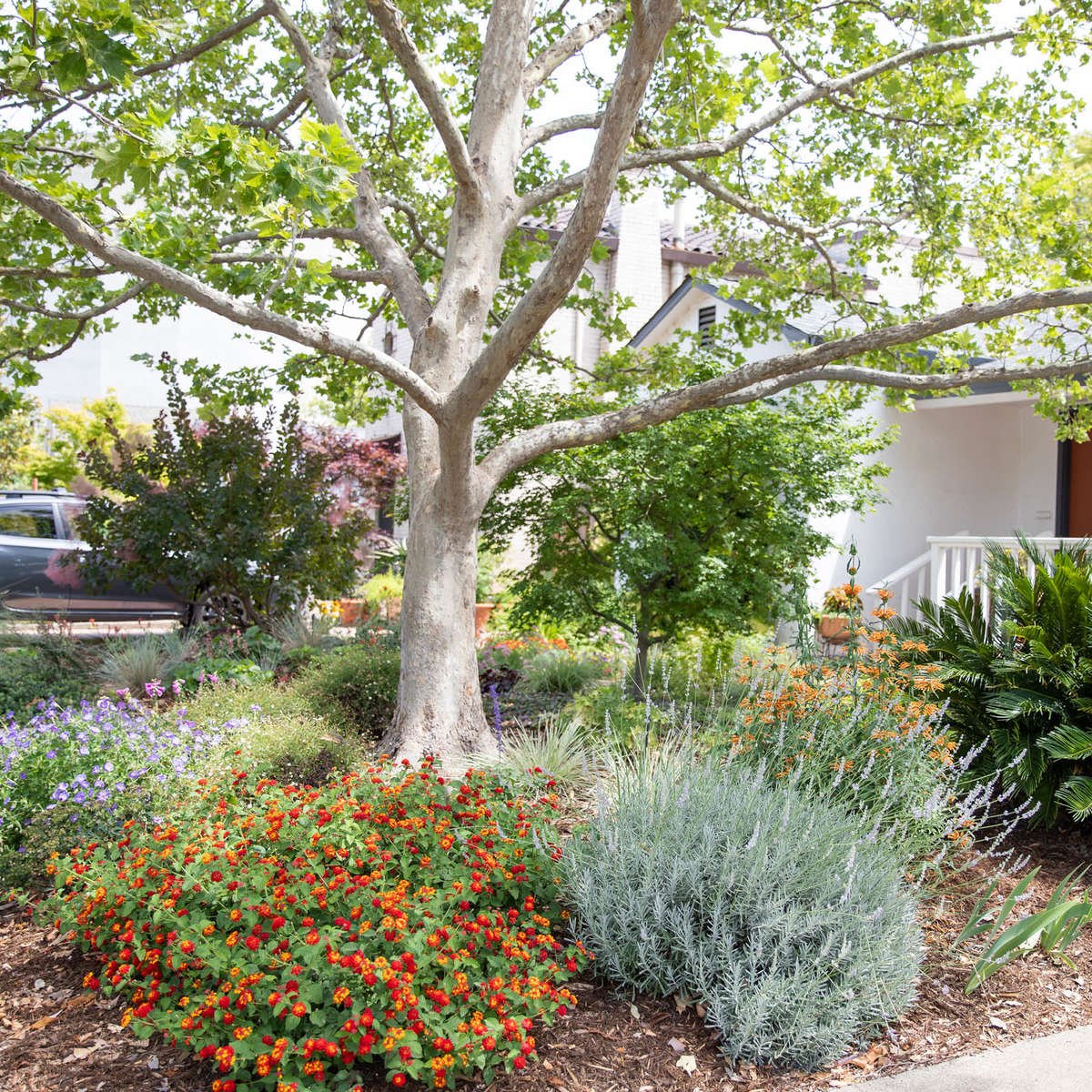
Hydrozoning Your Garden

Hydrozoning Your Garden: A Smart Way to Conserve Water
Gardening is a rewarding hobby, but it can be challenging to manage water usage, especially in regions with dry climates. Enter hydrozoning—a smart and efficient way to organize your garden. Whether you're a beginner or a seasoned gardener, hydrozoning can help you conserve water, save money, and maintain a healthy garden.

Benefits of Hydrozoning
Hydrozoning involves grouping plants with similar water needs together, creating zones that optimize water usage. Here are some of the key benefits:
- Water Conservation: By watering plants according to their specific needs, you avoid overwatering and reduce water waste.
- Healthier Plants: Plants thrive when they receive the right amount of water. Hydrozoning ensures each plant gets just what it needs.
- Cost Savings: Efficient water use leads to lower water bills
- Environmental Benefits: Conserving water helps protect local ecosystems and reduces the strain on municipal water supplies.

Plant Grouping Suggestions
Creating effective hydrozones starts with knowing which plants have similar water requirements. Here are some suggestions for grouping plants in your garden:
Low-Water Plants
These plants are drought-tolerant and can thrive with minimal watering:
- Succulents: Aloe vera, Sedum, and Echeveria
- Herbs: Rosemary, Thyme, and Sage
- Perennials: Lavender, Russian Sage, and California Poppies
Moderate-Water Plants
These plants need regular watering but can tolerate short dry periods:
These plants need regular watering but can tolerate short dry periods:
- Shrubs: Boxwood, Hydrangea, and Lilac
- Vegetables: Tomatoes, Peppers, and Beans
- Flowers: Marigold, Geranium, and Daylily
High-Water Plants
These plants require consistent moisture and are best suited for areas with reliable water access:
These plants require consistent moisture and are best suited for areas with reliable water access:
- Ferns: Boston Fern, Maidenhair Fern, and Lady Fern
- Annuals: Impatiens, Begonia, and Coleus
- Tropical Plants: Banana Plant, Bird of Paradise, and Hibiscus

How to Implement Hydrozoning in Your Garden
Implementing hydrozoning in your garden is straightforward. Follow these steps to create an efficient, water-saving garden:
- Assess Your Garden: Evaluate the sunlight, soil type, and water needs of different areas.
- Group Plants by Water Needs: Create zones based on similar water requirements. For example, place drought-tolerant plants in one area and water-loving plants in another.
- Design Your Irrigation System: Install an irrigation system that allows you to control water distribution to each zone separately.
- Regular Maintenance: Monitor your garden and adjust watering schedules as needed. Seasonal changes may require modifications to your irrigation plan.
